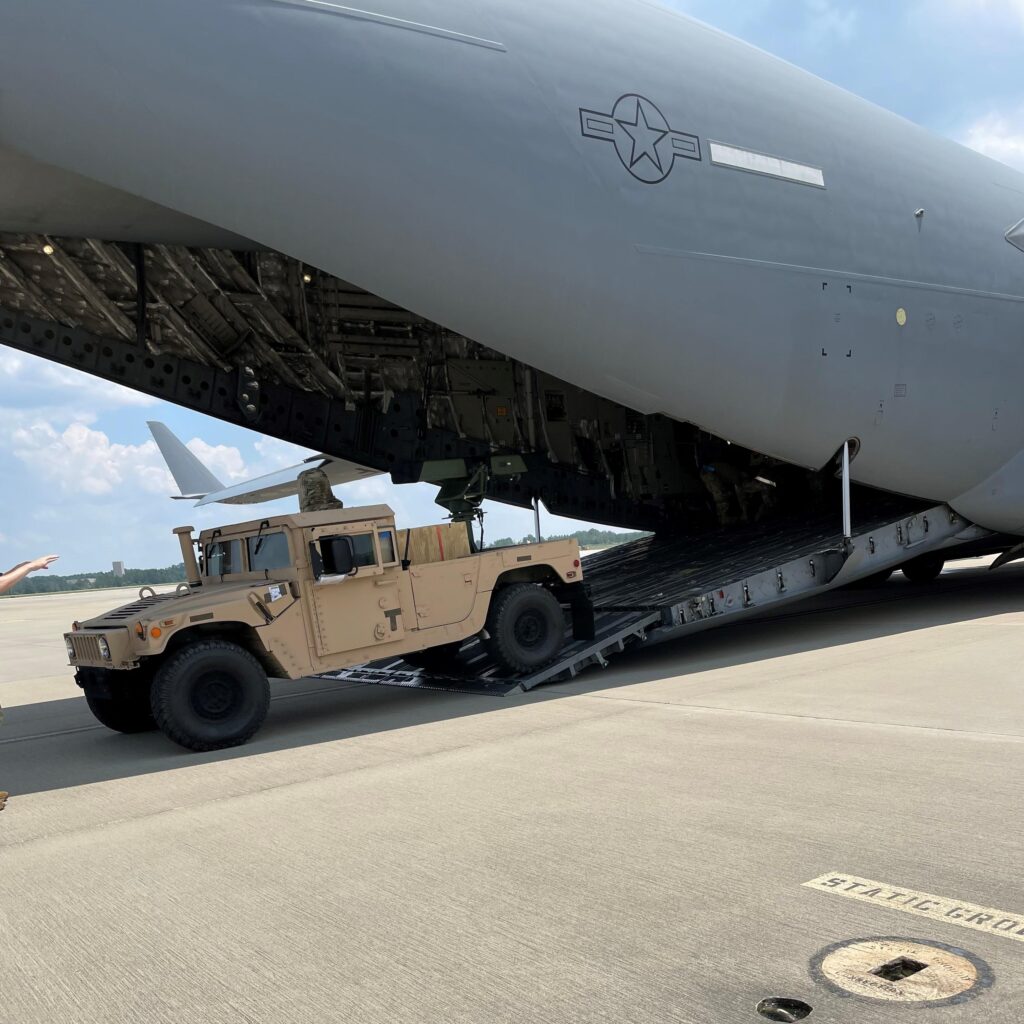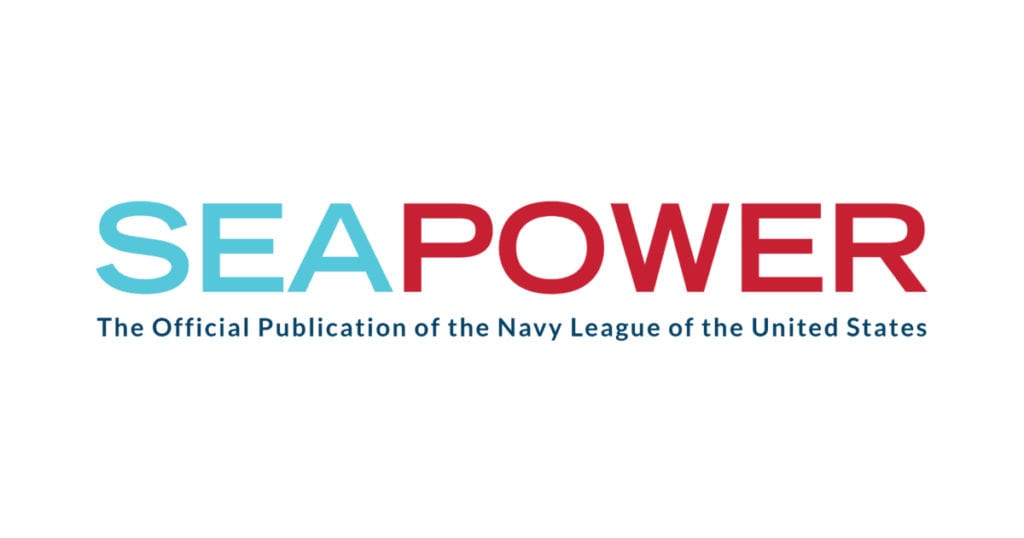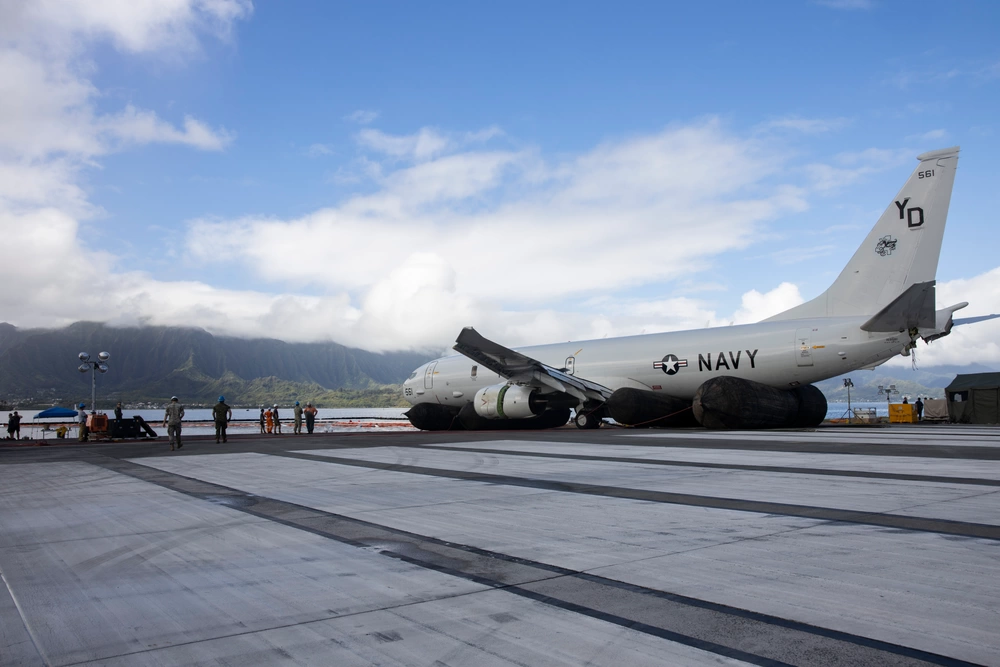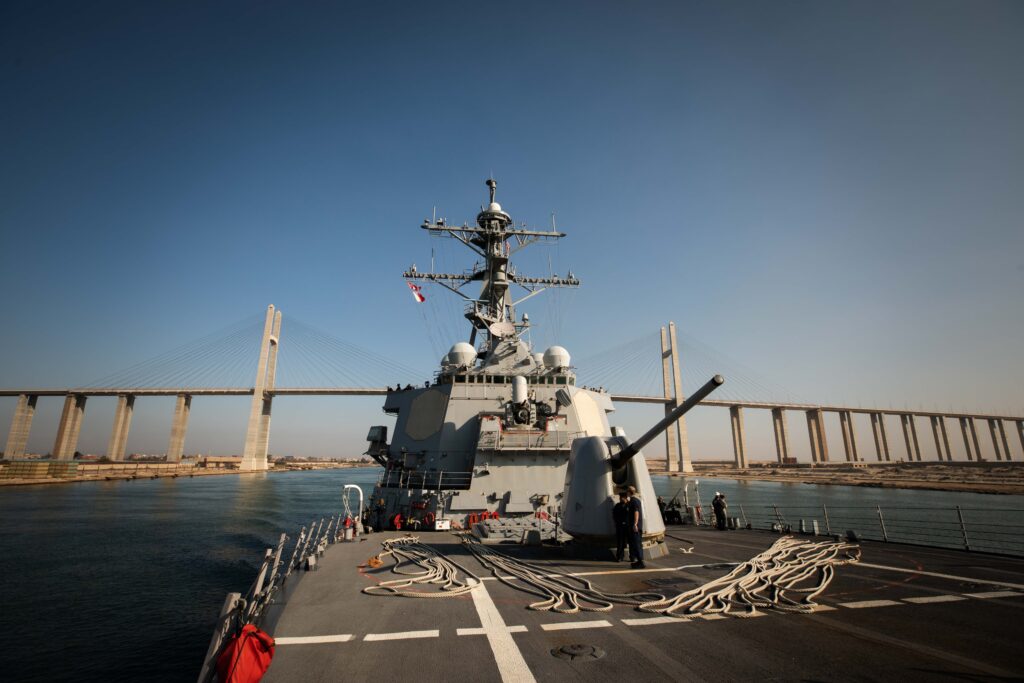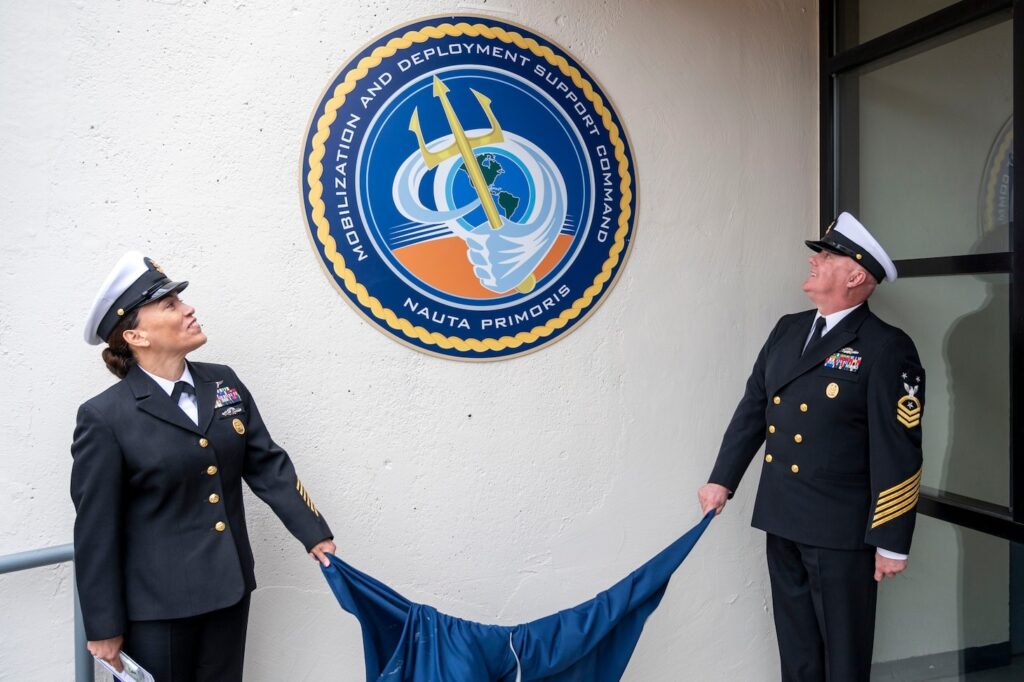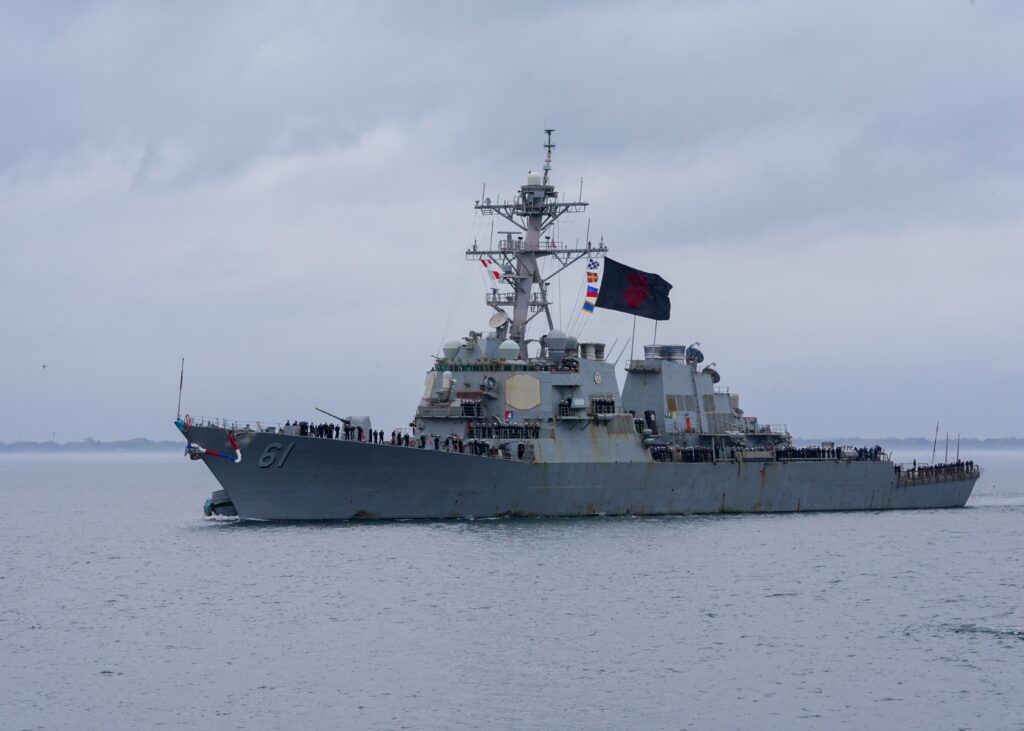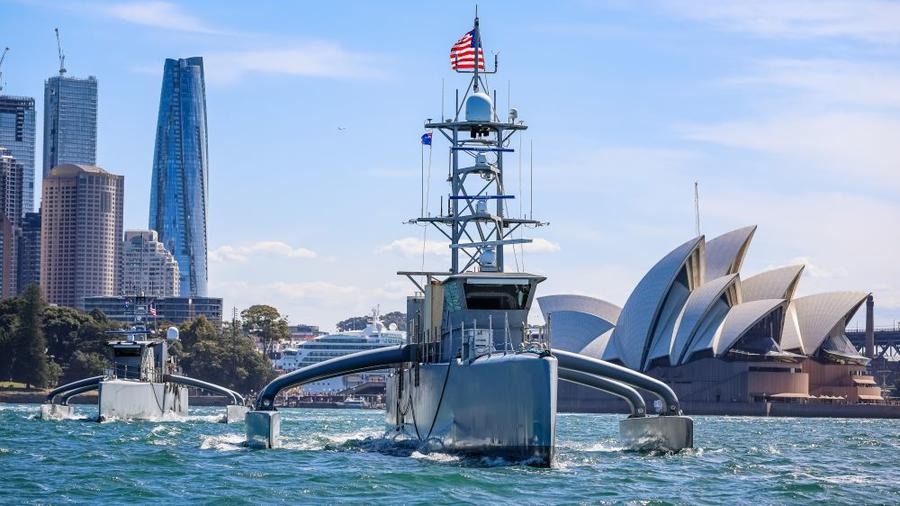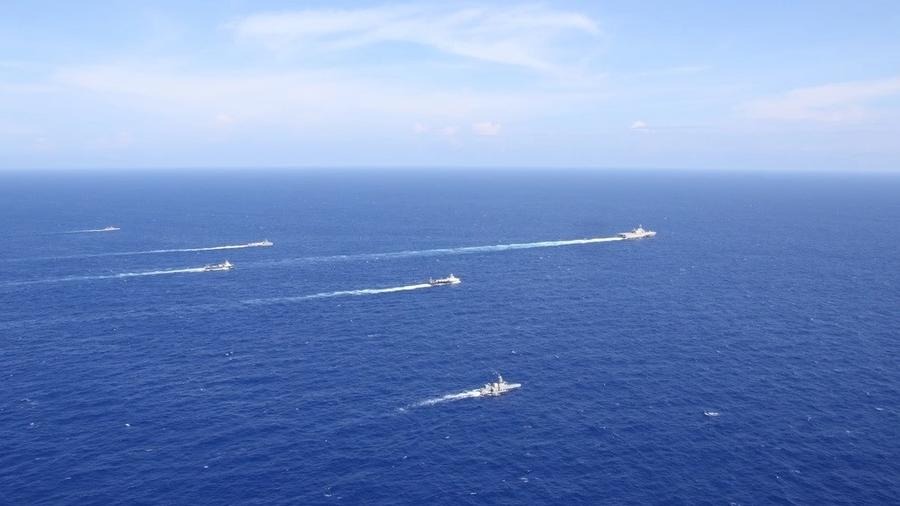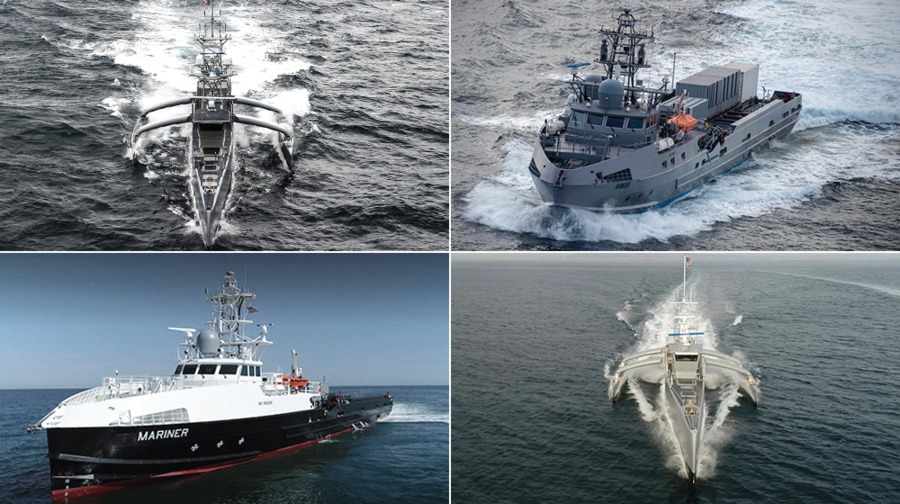NOAA, U.S. Navy award construction contract for new NOAA Marine Operations Center
Release from NOAA
*****
BY Keeley Belva, Dec. 5, 2023
Today, the U.S. Navy, on behalf of NOAA, has awarded $146,778,932 to Skanska USA, from New York, to design and build a new NOAA facility on Naval Station Newport in Rhode Island. This facility will eventually be the new home of NOAA’s Marine Operations Center – Atlantic.
While the details of the facility’s design are still being finalized, requirements include having a pier that will accommodate four large vessels, a floating dock for smaller vessels, space for vessel repairs and parking and a building to be used for shoreside support and as a warehouse. Construction is anticipated to be completed by 2027.
“The Biden-Harris Administration’s Inflation Reduction Act, a key pillar of Bidenomics, has made it possible for NOAA to make more crucial investments in infrastructure over the coming decade,” said U.S. Secretary of Commerce Gina Raimondo. “As we work to combat the climate crisis, building climate resilient facilities, like this one in Rhode Island, is critical to ensuring our infrastructure stands the test of time.”
The design and construction of the facility is funded in part by the Inflation Reduction Act — a historic $3.3 billion investment to help communities, including tribes and vulnerable populations, prepare, adapt and build resilience to weather and climate events in pursuit of a climate-ready nation. The act also supports improvements to weather and climate data and services, and strengthens NOAA’s fleet of research airplanes and ships.
“By co-locating with Naval Station Newport, we are able to make our ship operations more efficient and increase long-term cost savings through sharing common capabilities,” said NOAA Corps Rear Admiral Nancy Hann, director of NOAA Marine and Aviation Operations and the NOAA Commissioned Officer Corps. “We are excited to take this step in creating a state-of-the-art marine operations center for NOAA in Rhode Island.”
“Naval Station Newport looks forward to continuing its support for the missions of NOAA from our installation waterfront,” stated Capt. Henry Roenke, the installation commander. “An expanded NOAA footprint here punctuates the value and diversity of the missions and partners at the base and makes the Naval Station a vital community and asset for military and non-military operations.”
The center and ships are an operational component of NOAA Marine and Aviation Operations. The ships in NOAA’s Atlantic fleet collect data essential to protecting marine mammals, coral reefs and historic shipwrecks, managing commercial fisheries, understanding climate change and producing nautical charts that help keep mariners safe. NOAA ships also deploy and help maintain buoys that gather oceanographic and weather information and warn of tsunamis.
“I’ve been proud to work with Secretary Raimondo and her predecessors over several years to secure the commitment and the funding to create this hub for ocean research at Naval Station Newport. This announcement marks another win for the Ocean State, for NOAA, and for local workers as we develop our Blue Economy. Soon we’ll be able to put steel in the ground and put Rhode Islanders to work,” said Senator Reed, who has worked with NOAA for over a decade to develop a permanent NOAA homeport and marine operations center in Rhode Island.”
“Thanks to Democrats’ Inflation Reduction Act and Senator Reed’s leadership, we’re bringing NOAA’s new Atlantic Marine Operations Center to beautiful Newport, Rhode Island,” said Senator Sheldon Whitehouse. “This new facility will support our Atlantic fleet in the collection of data that protects marine animals and ocean ecosystems, and advances our understanding of the effects of climate change on the oceans.”
“I am thrilled that a brand-new home for NOAA’s Atlantic Marine Operations Center is going to be right here in the First Congressional District on Naval Station Newport. This facility will be an economic boon to the Ocean State for years to come,” said Congressman Gabe Amo. “Due to the historic passage of the Inflation Reduction Act by Congressional Democrats, Rhode Island will accelerate its leadership in our nation’s efforts to combat climate change, build new climate resilient infrastructure, and improve our national security and non-military operations. I want to express my gratitude for the work of Senator Jack Reed and Secretary Gina Raimondo for helping to bring this new facility to our district. I am committed to continuing to work together to support this project as it moves forward.”
This contract was awarded following a request for proposals that was open from January to August 2023.
NOAA’s fleet of 15 research and survey ships are operated, managed and maintained by NOAA Marine and Aviation Operations. Ranging from large oceanographic research vessels capable of exploring the world’s deepest ocean, to smaller ships responsible for charting the shallow bays and inlets of the U.S. The fleet supports a wide range of marine activities, including fisheries surveys, nautical charting and ocean and climate studies. NOAA ships are operated by NOAA Corps officers and civilian professional mariners.
